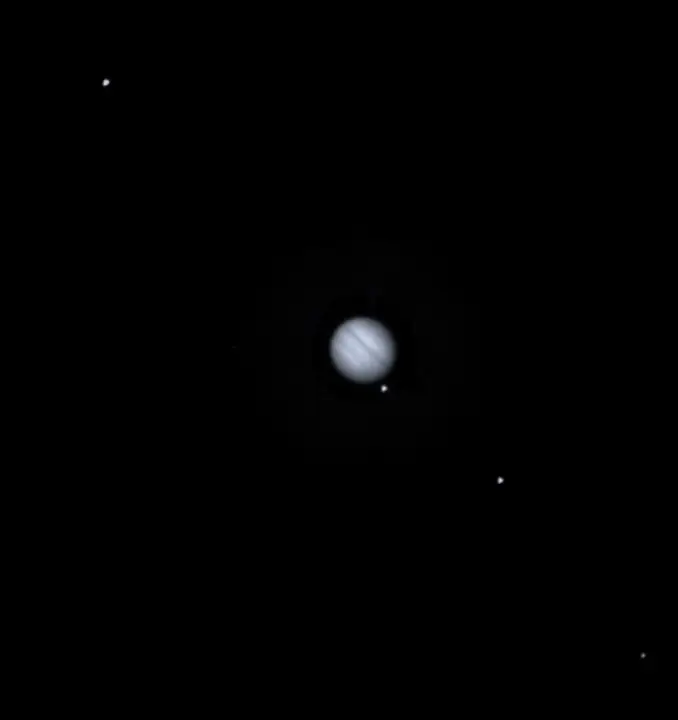With just a few days to go before NASA deliberately crashes a spacecraft into an asteroid, the Double Asteroid Redirection Test (DART) spacecraft is taking a final opportunity to capture some data before its impact. Designed to test whether a spacecraft could be used to deflect an asteroid if we ever spotted a large one headed for Earth, DART has fairly minimal instruments on board — just enough for it to make its way to the asteroid and track it so it can impact.
However, every time there’s an instrument traveling through space there’s an opportunity to collect data. So NASA teams have been making the most of DART’s onboard camera, called the Didymos Reconnaissance and Asteroid Camera for Optical navigation, or DRACO. As the spacecraft’s only instrument, its main function is as part of the autonomous navigation system which will line up the spacecraft with the target asteroid, called Dimorphos. DRACO has been taking images along the way as part of the testing of the spacecraft ahead of its impact.
“Every time we do one of these tests, we tweak the displays, make them a little bit better and a little bit more responsive to what we will actually be looking for during the real terminal event,” said Peter Ericksen SMART Nav software engineer at the Johns Hopkins Applied Physics Laboratory (APL), in a statement.

This DRACO image was taken for testing purposes as it shows Jupiter and several of its moon, including Europa. Taken just as Europa peeked out from behind Jupiter, this situation is analogous to the pair of asteroids that DART is heading toward just before impact. The data allows the teams to see how the autonomous navigation system should work once it arrives at its target, and to get a feel of what kind of data they could expect to see.
“The Jupiter tests gave us the opportunity for DRACO to image something in our own solar system,” said Carolyn Ernst, DRACO instrument scientist at APL. “The images look fantastic, and we are excited for what DRACO will reveal about Didymos and Dimorphos in the hours and minutes leading up to impact!”
Editors' Recommendations
- Jupiter’s icy moon Europa may be light on oxygen, lowering habitability hopes
- U.S. spacecraft lands on the moon for the first time in over 50 years
- Juice spacecraft gears up for first ever Earth-moon gravity boost
- NASA’s Lucy spacecraft snaps not one, but two asteroids during flyby
- Researchers discover a 320-mph jet stream around Jupiter’s equator




